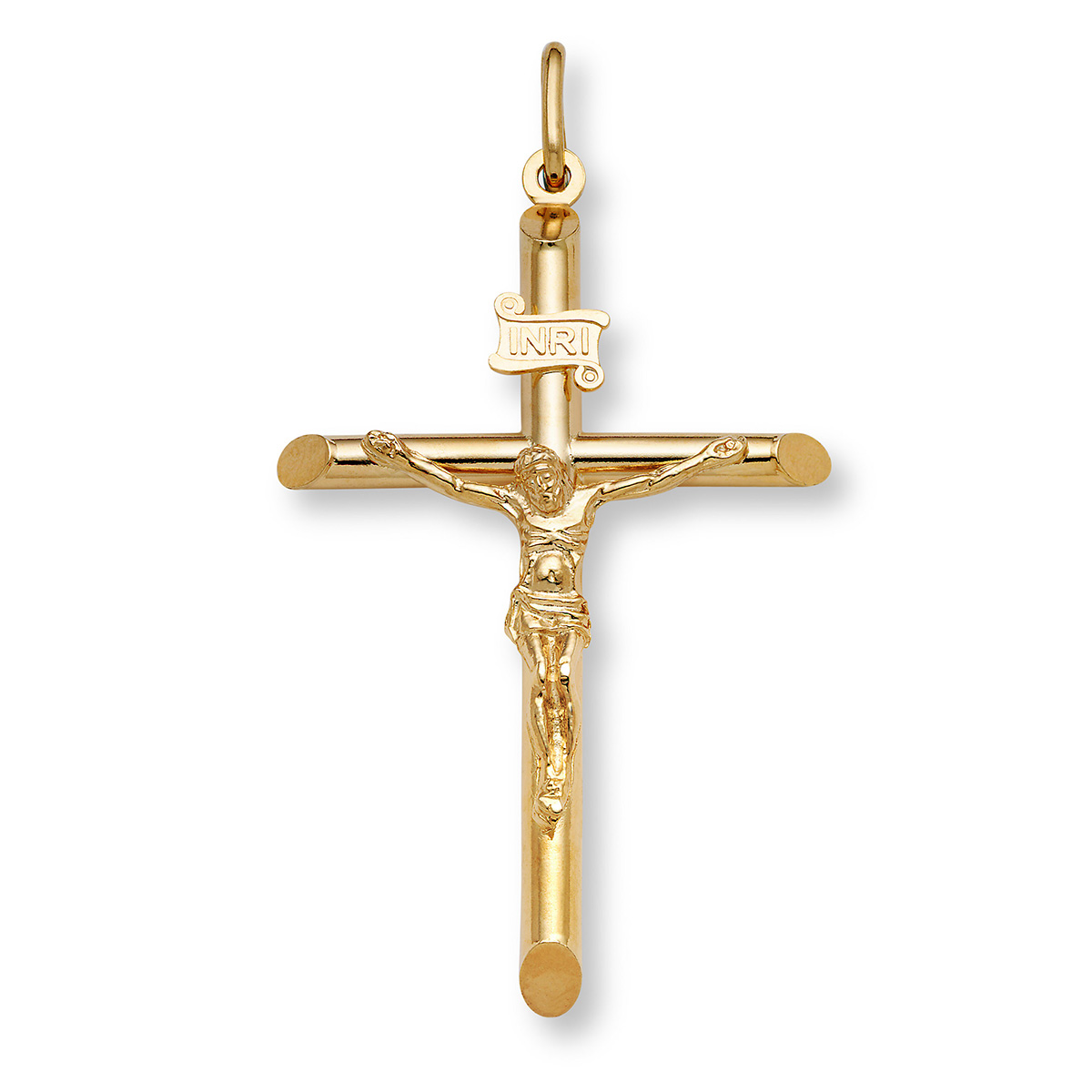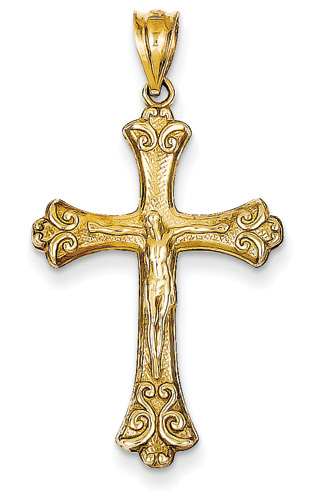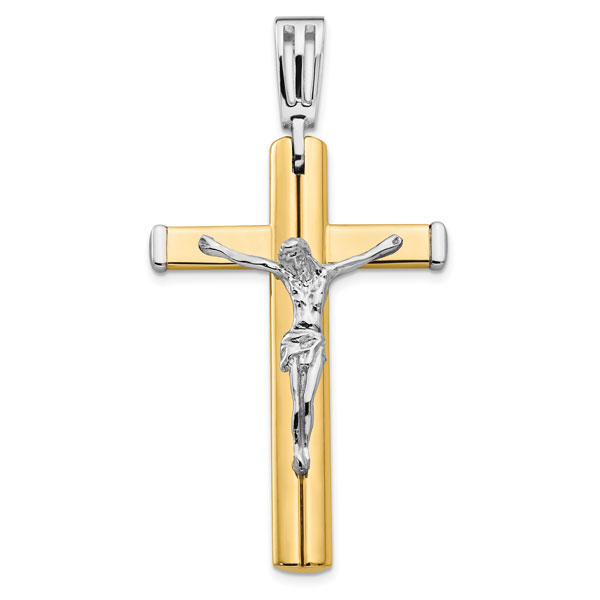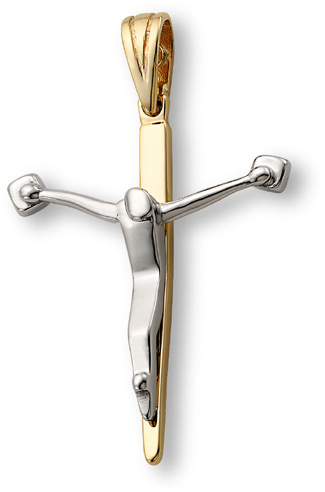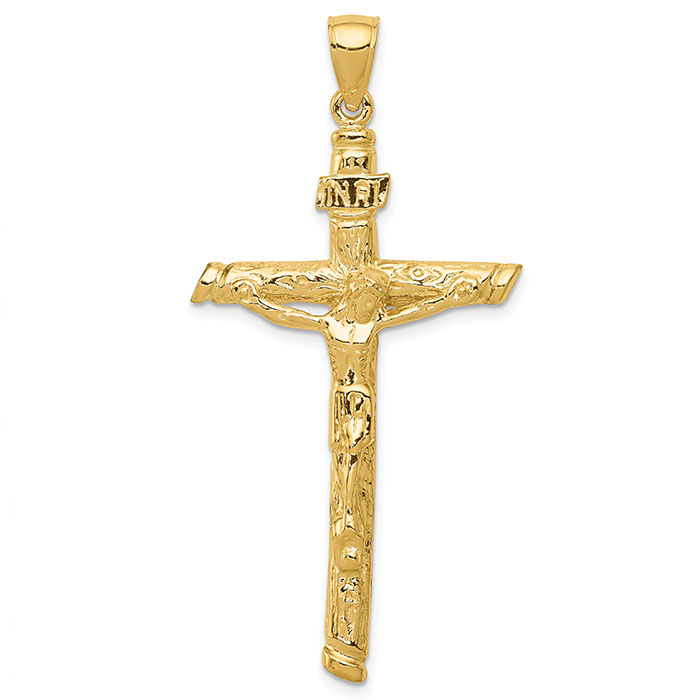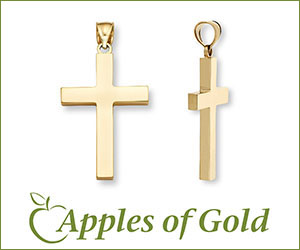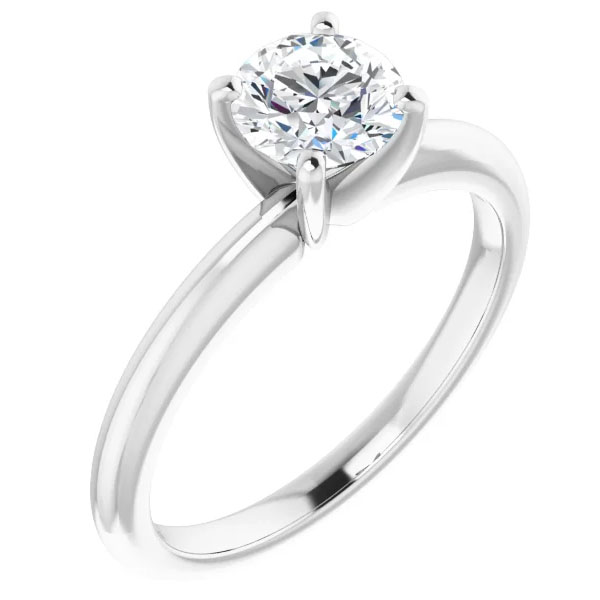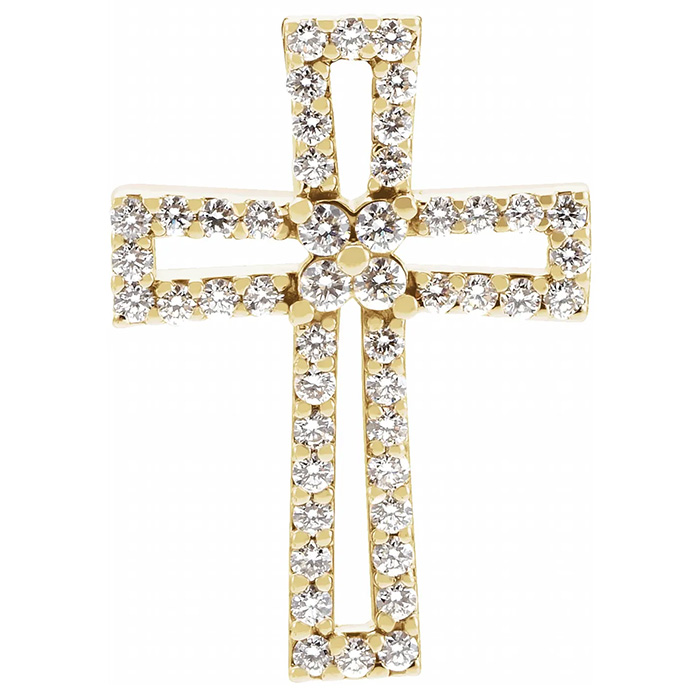The Meaning of the Crucifix
The crucifixion of Jesus Christ stands as one of the most pivotal events in Christian theology, a profound act of sacrificial love and divine redemption. This method of execution, prevalent in ancient Rome, was both brutal and humiliating, designed to serve as a public spectacle and deterrent. For Jesus, the path to the cross was marred by betrayal, abandonment, and agony, culminating in His crucifixion at Golgotha, “the place of the skull.”
Biblically, the Gospels detail His torturous journey, from the flogging and the crown of thorns to the arduous walk bearing His own cross. Nailed and hung between two criminals, Christ’s crucifixion was a fulfillment of prophecy and His own predictions about His death. In His final hours, amidst darkness and despair, His words, “Father, forgive them; for they know not what they do” (Luke 23:34), echo a profound forgiveness and grace, underscoring the redemptive purpose of His sacrifice.
Theological Implications of the Cross
At its core, the crucifixion is a cornerstone of Christian faith, encapsulating the doctrines of atonement, redemption, and the reconciliation of humanity with God. According to Christian doctrine, Christ’s death provided the perfect atonement for sin, fulfilling the righteousness required by divine law and offering believers salvation through faith alone. This event underscores the concept of grace, a gift unearned and freely given, highlighting the transformative power of believing in Christ’s sacrifice and resurrection.
Romans 5:8 articulates this beautifully: “But God commendeth his love toward us, in that, while we were yet sinners, Christ died for us.” This passage reveals the depth of God’s love and the foundation of salvation—faith in Jesus Christ as Savior. It is a faith that does not rely on human deeds but on divine grace, a pivotal message of the New Testament.
Translating Divine Sacrifice into Gold Crucifix Jewelry
The translation of these profound spiritual truths into crucifix jewelry captures the essence of Christian faith in a form that is both visible and personal. Gold crucifix pendants and necklaces serve not only as expressions of belief but also as daily reminders of Christ’s enduring presence and sacrifice. The gold crucifix encapsulate the solemnity and significance of the crucifixion in gold, a material valued for its beauty and permanence.
Gold crucifixes are particularly poignant, melding the symbolism of the cross with the intrinsic value and aesthetic of gold. They are often chosen to commemorate significant spiritual milestones such as baptisms, confirmations, and weddings, marking moments of faith and commitment. The choice of gold, a noble metal, enhances the symbolic weight of the crucifix, reflecting the priceless nature of Christ’s sacrifice.
The Luster of Faith: Gold Crucifix Pendants
Gold crucifix necklaces embody a timeless tradition in Christian jewelry, symbolizing the wearer’s faith and reflecting a rich heritage of religious expression. These necklaces vary from the classic 14k to 18k gold crucifixes that brings a warm, radiant glow to the more modern and sleek white gold crucifix pendants that offer a subtle elegance suitable for both contemporary and traditional tastes. White gold, in particular, has gained popularity for its ability to highlight the intricate details of the crucifix design, making the sacred symbol stand out with its polished finish and durable quality. Whether worn daily or reserved for special occasions, these gold or white gold crucifix pendants serve as a profound reminder of Christ’s enduring sacrifice and love.
Expressing Devotion: Diverse Crucifix Jewelry
Beyond necklaces, crucifix jewelry extends into various forms, including beautifully crafted crucifix earrings that allow wearers to express their faith in a unique and personal way. These earrings range from delicate studs to elaborate drop styles, each designed to respectfully display the symbol of the crucifix. Often made from precious metals like sterling silver and gold, crucifix earrings can also incorporate gemstones or enamel to enhance their visual appeal while maintaining their spiritual significance. Wearing crucifix earrings can be a subtle yet powerful way to carry a symbol of faith close, serving as a constant reminder of spiritual commitment and the profound narrative of the crucifixion.
The Role of Crucifix Jewelry in Modern Christian Life
In contemporary Christian life, wearing a gold crucifix can be a declaration of faith, a protective emblem, and a tool for evangelism. It invites conversations about faith and can be a source of comfort during times of trouble, reminding the wearer and onlookers of the steadfast promises of Christianity. Moreover, it serves as a link to the broader Christian community, a symbol recognized globally among believers.
For many, the act of choosing and wearing crucifix jewelry is deeply personal, involving considerations of style, faith, and the desire to keep a tangible representation of God’s love close at heart. As such, the design of crucifix jewelry has evolved to meet a variety of tastes, from the traditional to the contemporary, ensuring that this sacred symbol continues to resonate with believers of all ages.
The Crucifixion: A Vivid Account of Christ’s Suffering
The crucifixion of Jesus Christ is not only a central theme in Christian theology but also a harrowing historical event that unfolded with profound implications. The Gospels provide detailed narratives that, when pieced together, paint a stark picture of this pivotal moment.
The Agony of Gethsemane to Golgotha
The ordeal began in the Garden of Gethsemane after the Last Supper, where Jesus, overwhelmed with sorrow, prayed for the cup of suffering to be taken from Him, yet submitted to God’s will. Matthew 26:39 records His prayer: “O my Father, if it be possible, let this cup pass from me: nevertheless not as I will, but as thou wilt.” Betrayed by Judas and abandoned by His disciples, Jesus was arrested and brought before the Sanhedrin, and then Pontius Pilate, where He was mocked, beaten, and condemned to die.
The journey to Golgotha was excruciating. Forced to carry His own cross, Jesus walked the Via Dolorosa—the Way of Suffering—while enduring the jeers of the crowd and the pain of His wounds. According to John 19:17, “And he bearing his cross went forth into a place called the place of a skull, which is called in the Hebrew Golgotha.”
The Physical and Spiritual Anguish on the Cross
Once at Golgotha, the physical crucifixion began. The Roman method of crucifixion was designed to maximize pain and prolong suffering. Jesus was nailed to the cross through His wrists and feet, a practice that would cause intense pain and eventually, asphyxiation. Elevated on the cross, He hung in agony, yet His concerns were for others—forgiving His executioners (Luke 23:34), ensuring His mother’s care (John 19:26-27), and granting salvation to the repentant thief crucified beside Him (Luke 23:43).
As He hung on the cross, darkness covered the land, and after several hours, Jesus cried out in a loud voice, “Eli, Eli, lama sabachthani?” which means, “My God, my God, why hast thou forsaken me?” (Matthew 27:46). This cry highlights the depth of spiritual abandonment felt as He bore the sins of the world, a moment of profound separation from the Father.
The Death and Its Immediate Impact
The crucifixion culminated in Jesus’ death when He finally declared, “It is finished” (John 19:30), and gave up His spirit. This moment marked the completion of His earthly mission—to offer Himself as a sacrifice for humanity’s sins. The immediate effects were dramatic: the veil of the temple tore in two, symbolizing the end of the old covenant and the access to God made possible through Jesus’ sacrifice. Earthquakes shook the ground, and tombs broke open as a sign of the power of His death, which tore apart the barrier between God and man.
The Gospel accounts provide not only a historical record but also a profound spiritual framework for understanding the significance of Jesus’ sacrifice. Each detail of the crucifixion—meticulously fulfilled prophecies and the miraculous signs that accompanied His death—underscores the divine purpose behind these torturous hours.
Reflecting on the Sacrifice
For those who wear crucifix jewelry, these vivid details of Christ’s crucifixion serve as a deep reminder of the immense sacrifice He made. Each piece of jewelry, whether a simple gold pendant or an ornate necklace, carries with it the weight of this historical and spiritual event. The crucifix is not just a symbol of faith, but also a call to remember and reflect on the profound love and mercy that were displayed on the cross at Calvary.
The Crucifix as a Lasting Testament to Faith
In sum, the crucifix is a profound testament to the core of Christian doctrine—the belief in the transformative power of Christ’s crucifixion and resurrection. As gold crucifix pendants and necklaces adorn the bodies of believers, they do more than display a symbol; they carry the weight of divine history and the light of eternal hope. Whether worn for personal reflection, as a statement of faith, or as a means to share the story of salvation with others, crucifix jewelry remains a powerful, enduring expression of what Christians hold dear.
Exquisite Devotion: Apples of Gold Jewelry Crucifix Collection
Apples of Gold Jewelry offers an exquisite array of crucifix necklaces, catering to diverse tastes and preferences with options in 14k, 18k, and 22k gold crucifix pendants, as well as elegant platinum crucifixes. Each piece in their collection is meticulously crafted to reflect both the beauty and solemnity of the crucifix symbol. The variety in metal choices allows individuals to select jewelry that not only aligns with their spiritual values but also meets their aesthetic and durability needs. From the rich, deep hues of 22k gold to the refined, understated elegance of platinum, Apples of Gold Jewelry ensures that each crucifix necklace serves as a meaningful expression of faith, crafted with precision and care.
Category: Bible Study, Christian Jewelry, Christmas Jewelry, Crucifix Necklaces and Jewelry, Jewelry History

